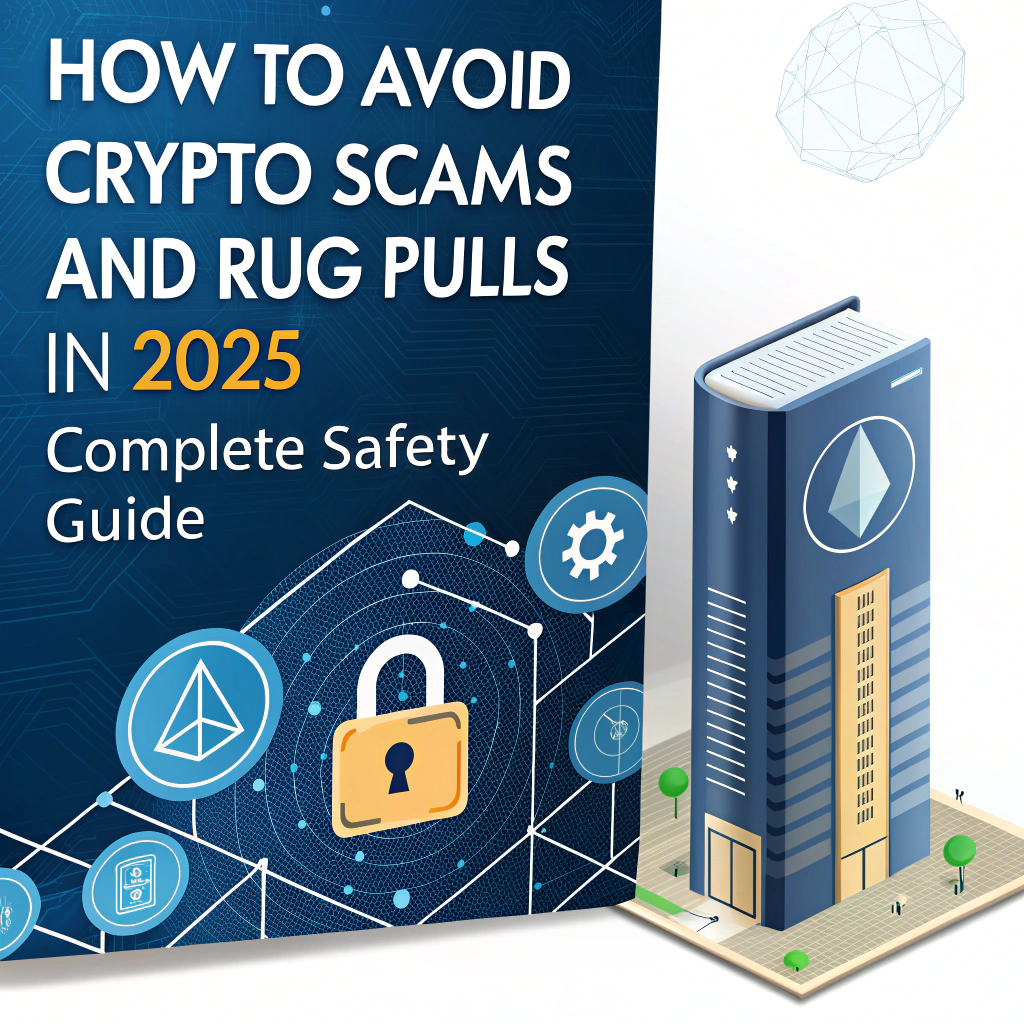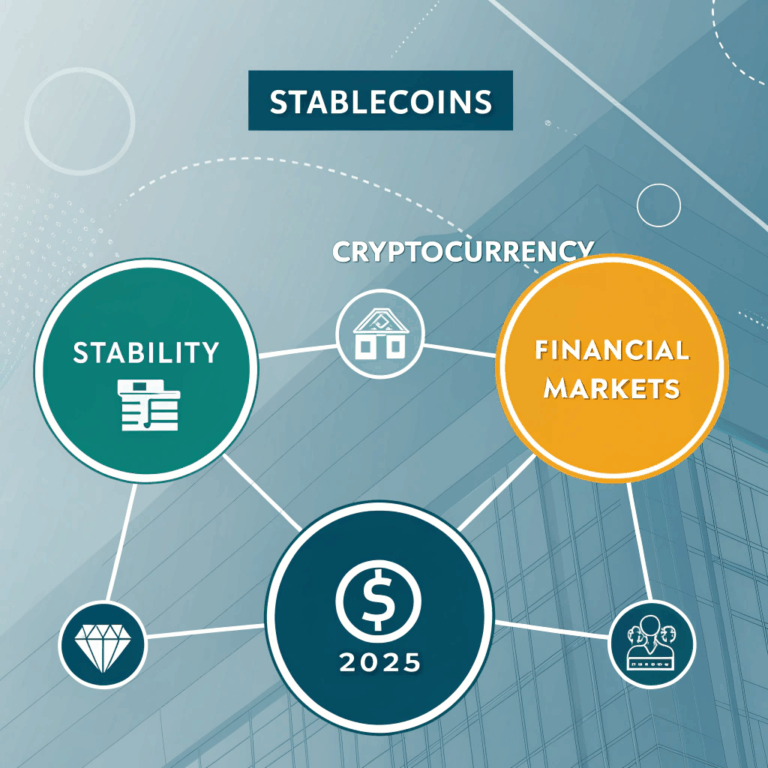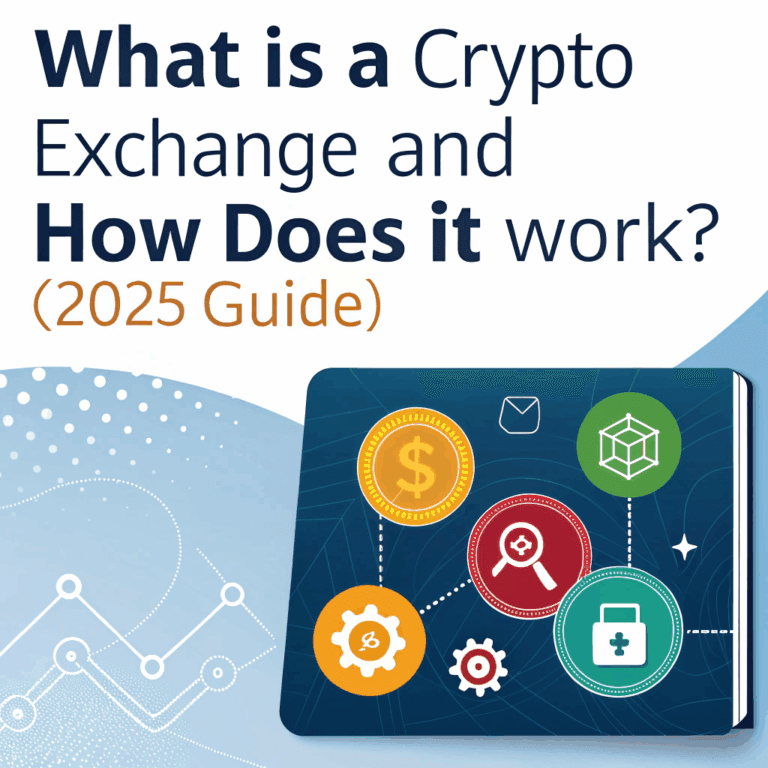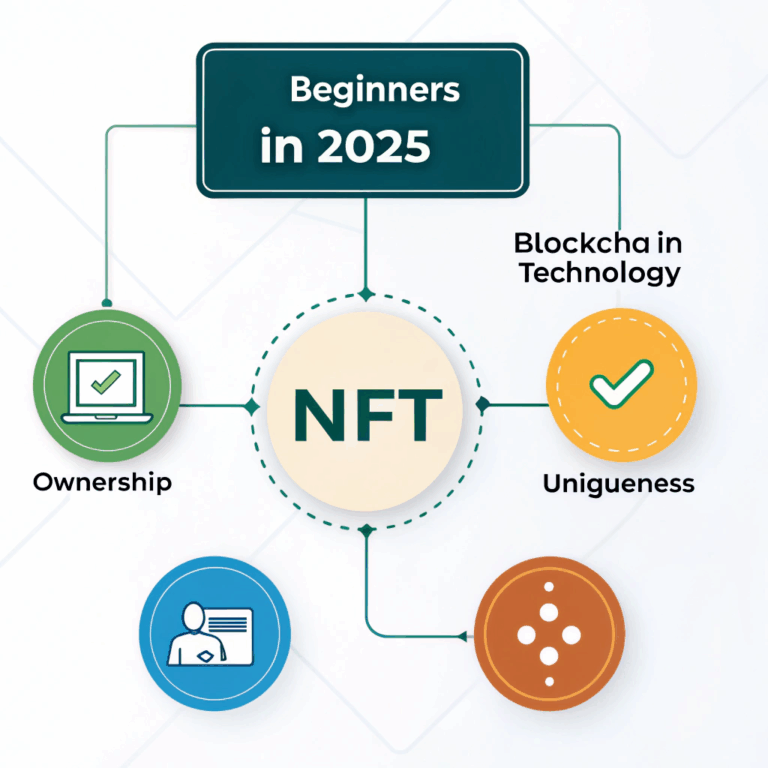How to Avoid Crypto Scams and Rug Pulls in 2025 – Complete Safety Guide

Introduction
With the rise of crypto adoption in 2025, scammers have gotten smarter — but so have the tools and knowledge available to protect yourself. Whether you’re trading, staking, or buying NFTs, this guide will help you recognize and avoid the traps set by bad actors.
What Is a Crypto Scam?
A crypto scam is any deceptive activity that tricks users into losing their crypto, either by stealing it, making false promises, or exploiting vulnerabilities.
Scams may involve:
- Fake websites
- Social media impersonators
- Airdrop traps
- Wallet drainers
- Investment Ponzi schemes
What Is a Rug Pull?
A rug pull happens when a crypto project — usually in DeFi or NFTs — suddenly disappears after collecting investor funds.
It’s like the founders “pulling the rug” out from under everyone.
Types of rug pulls:
- Liquidity Rug: Project drains the liquidity pool and vanishes
- NFT Rug: Devs sell out a collection, then abandon it
- Soft Rug: Project stays online but stops all development/support
Most Common Crypto Scams in 2025
| Scam Type | Description |
|---|---|
| Fake Airdrops | Click link → connect wallet → wallet is drained |
| Impersonator Bots | Fake support teams or influencers DM you |
| Phishing Websites | Fake versions of real sites that steal your info |
| Pump-and-Dump Coins | Coordinated hype → price surges → founders dump |
| Giveaways | “Send 1 ETH, get 2 ETH back” (always fake) |
| Malicious Smart Contracts | Hidden code steals your tokens when you interact |
How Rug Pulls Work in DeFi and NFTs
DeFi Example:
- Launch a flashy new token
- Attract users with high APY
- Liquidity grows fast
- Devs drain the pool, leaving users with worthless tokens
NFT Example:
- Promise utility, games, staking
- Hype through influencers and FOMO
- Sell out the mint
- Devs delete Twitter, Discord, and disappear
Warning Signs of a Scam Project
- Anonymous or fake team (no LinkedIn, no faces)
- Unrealistic returns (e.g., 1000% APY)
- No audits for smart contracts
- Vague or copy-pasted whitepapers
- No GitHub activity or development updates
- Telegram/Discord full of bots and hype, no substance
- Newly created Twitter with fake followers
How to Verify a Legitimate Crypto Project
- Team transparency: Are the founders known, verified, and active?
- Smart contract audits: Look for third-party audit reports (e.g., CertiK, Hacken)
- Roadmap and delivery: Have they met past promises?
- Community sentiment: Real feedback > hype
- Tokenomics clarity: Who holds most of the supply? Any vesting periods?
Best Practices to Avoid Getting Scammed
- Bookmark official websites — don’t click random links
- Never share your seed phrase or private key
- Don’t connect wallet to shady websites
- Avoid offers that sound too good to be true
- Use a burner wallet when testing new dApps or NFTs
- Use a hardware wallet for long-term storage
Tools to Help Detect Rug Pulls
- TokenSniffer: Analyze new tokens for red flags
- RugDoc: Reviews of DeFi projects for safety
- De.Fi Shield: Wallet scanner and transaction monitoring
- Etherscan/BSCScan: Check token holders, contract age, and activity
- DYOR Tools: Platforms that aggregate project risk ratings
What to Do If You’ve Been Scammed
- Act fast: If you approved a malicious contract, revoke permissions at Revoke.cash
- Report to exchanges: In case stolen funds were sent to a CEX
- Gather evidence: Screenshots, links, wallet addresses
- File reports: With local cybercrime units or platforms like Chainabuse
- Warn others: Post alerts in crypto communities to prevent more victims
Can Authorities Help with Crypto Scams?
Sometimes. In 2025:
- Chainalysis and blockchain forensics are helping recover stolen funds
- Authorities like the FBI, Interpol, and Europol are cracking down
- Recovery is possible if scammers use centralized exchanges or leave traces
But many scams remain anonymous and untraceable, especially in DeFi.
FAQ
Are hardware wallets immune to scams?
Not completely. If you approve a malicious contract, even a hardware wallet can send funds out.
How do I check if a token is legit?
Look it up on CoinGecko or Etherscan. Check contract age, holders, and community feedback.
Should I trust airdrops I see on Twitter?
No — most unsolicited airdrops are scams or dusting attacks.
Can I get my crypto back after being scammed?
Usually not — unless you act fast and involve law enforcement or exchanges.
Conclusion
In the world of crypto, staying safe is just as important as making gains. With scammers getting more advanced in 2025, your best defense is education, caution, and preparation. Trust no one blindly, double-check everything, and remember — if it sounds too good to be true, it probably is.





